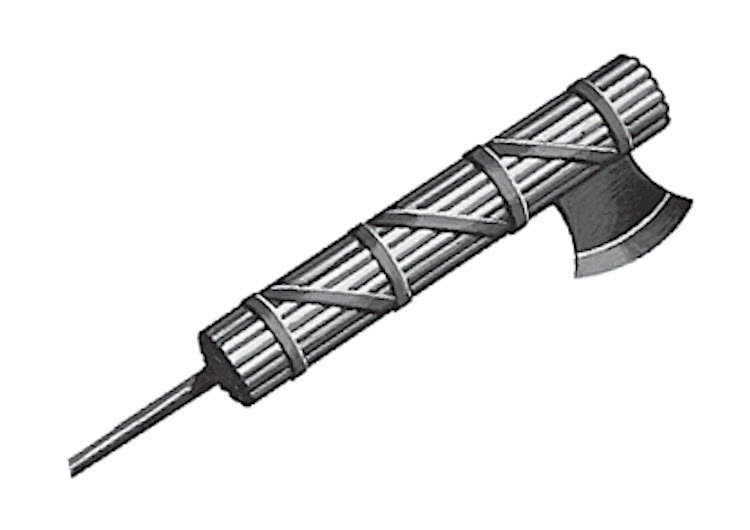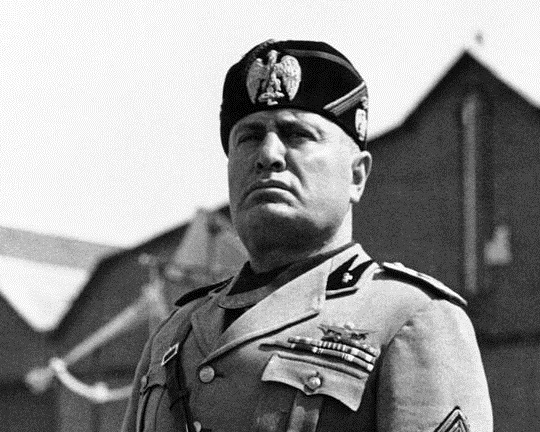Fascism and Mussolini
Part 1 of 2: Read over the brief background on Mussolini and Fascism.
Italian Post WWI Problems: Ideal conditions for radicals to seize power
- Heavy casualties and war debt
- Industrial crisis
- Disillusionment with the Treaty of Versailles
- Growing influence of the Communists
- Political instability
Benito Mussolini (1883-1945) and Fascism
Benito Mussolini (above) had quite a colorful background. As a child he was thrown out of his basic school because he stabbed his classmate, fittingly he became a teacher. Unable to maintain order in class he used to give the pupils candy to buy their attention. He was a member of many revolutionary groups with a reputation for violence and unpredictability. He then worked as a popular and successful journalist for the socialist tabloid Avanti. As a socialist he opposed World War I but later became caught up in the nationalist fervor and joined the army. In the post war turmoil he worked in Milan, where in 1919 he set up the Fascist movement. The word Fascism reflects on the symbol of power in Ancient Rome; the Fasces (picture below)
 .
.
The main principles of Fascism:
- Extreme nationalism – everything subordinate to the interest of the nation, competition of nations
- Totalitarian system – state, collective more important than an individual, the states has a total control over the people, not only political but attempts to control their thinking, leisure time
- One party, one leader – only a strong, charismatic leader – Il duce – can save the nation
- Economic self-sufficiency
- Militarism and violence – celebration of war, slogans like: ‘Might is Right’, ‘One minute at war is more than whole life in peace’
- Strong hatred for Communism
Part 2 of 2: Answer the following questions
- How could Mussolini’s time working in media (newspapers) influence the way the public perceived him?
- Why would a fear of a Communist take over cause a rise in support fir Fascism?
- Using your powers of deduction, who do you think “Il Duce” was?
Enrichment Activity:
Read the extract from Mussolini’s Le dottrina del Fascismo (1941) and try to identify 5 distinctive features of Fascism.
Being anti-individualistic, the Fascist system of life stresses the importance of the State and recognizes the individual in so far as his interests coincide with those of the State, which stands for the consciousness and universality of man as an historic entity. It is opposed to classic Liberalism. … Liberalism denied the State in the name of the individual; Fascism reasserts the rights of the State as expressing the real essence of the individual. And if liberty is to be the attribute of living men and not that of abstract dummies invented by individualistic Liberalism, then Fascism stands for liberty and for the only liberty worth having, the liberty of the State and of the individual within the State. The Fascist conception of the State is all-embracing; outside it no human or spiritual values may exist, much less have any value. Thus understood Fascism is totalitarian and the Fascist state, as a synthesis and a unit which includes all values, interprets, develops and lends additional power to the whole of life of the people.

